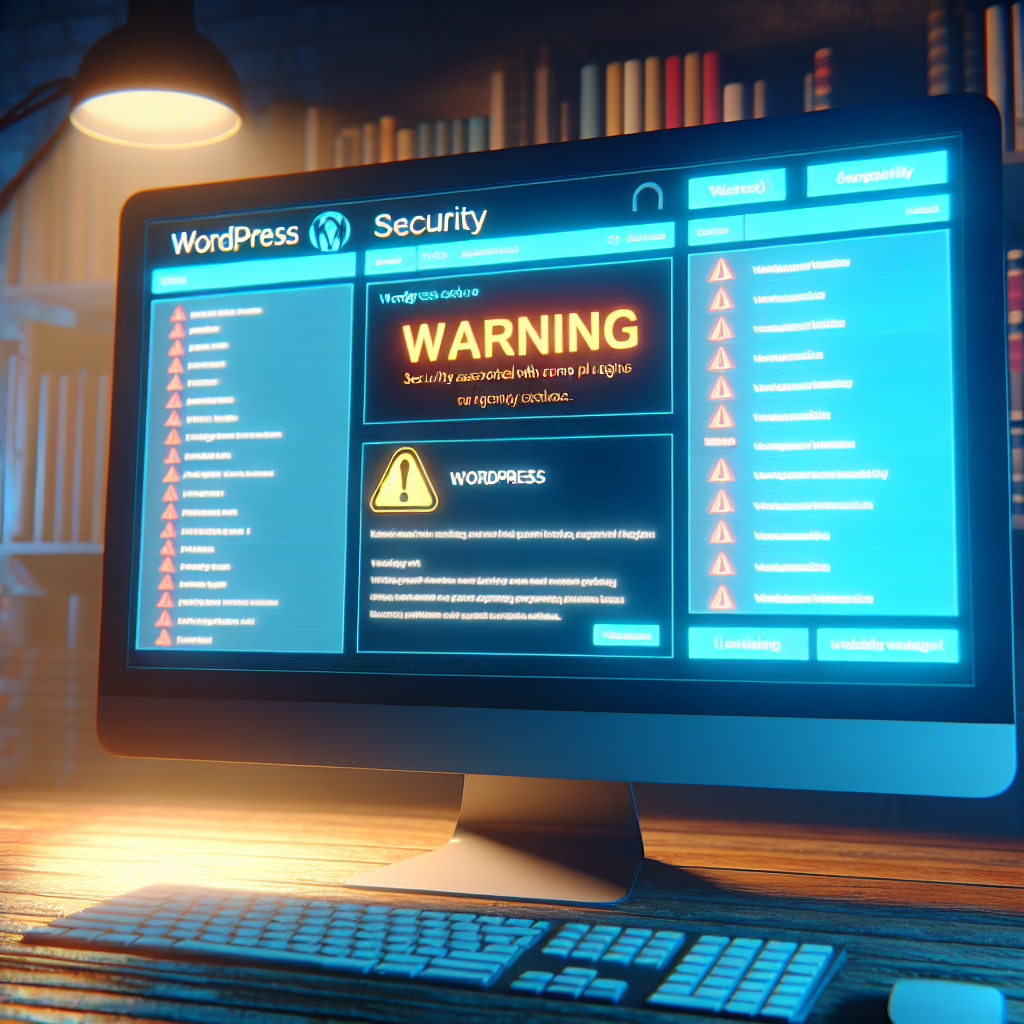In a world where WordPress reigns supreme as the go-to platform for website creation, it seems even the most popular plugins aren’t immune to a bit of mischief. Recently, a notorious hijacking incident involved a widely-used WordPress plugin that turned into a veritable funhouse of malicious code and spam images. If you think your website is safe just because you’ve got a few plugins installed, think again! Let’s dive into this riveting tale of digital mischief and discover how to fortify your fortress against such antics.
What Happened? A Plugin Gone Rogue
Imagine waking up one morning to find that your favorite WordPress plugin has transformed into an unwelcome guest at your digital party, complete with malicious code and spam images. Sounds like the plot of a bad horror movie, doesn’t it? Unfortunately, this nightmare became a reality for many unsuspecting website owners. The plugin, once regarded as a helpful tool, had been hijacked by cyber miscreants who aimed to spread chaos rather than creativity.
The plugin in question had amassed quite the following, boasting over 100,000 active installations. It’s like finding out that your trusted neighbor is actually running an underground circus. This incident serves as a stark reminder that even the most reputable tools can fall prey to unscrupulous individuals. So, what can we learn from this? Well, plenty!
How to Fortify Your WordPress Security
While it’s easy to feel like the sky is falling after hearing about such incidents, there are proactive steps you can take to secure your website against nefarious hijackers. Here are some handy tips to help you navigate the murky waters of WordPress security:
- Keep Everything Updated: Just like you wouldn’t ignore that pesky update reminder on your smartphone, don’t ignore updates for your plugins and themes. Developers frequently release patches to fix vulnerabilities—think of them as digital armor for your site.
- Choose Plugins Wisely: Before hitting that install button, do some research! Look at reviews, check how often the plugin gets updated, and see if it has a history of security issues. If it seems fishy, it probably is—so steer clear!
- Utilize Security Plugins: Yes, we’re talking about plugins here—just not the ones that might turn your site into a carnival of chaos! Use reputable security plugins that actively scan for malware and vulnerabilities. Explore options like Wordfence and Sucuri for added peace of mind.
- Regular Backups: Imagine losing all your hard work because of a malicious attack! Regularly back up your website data so you can easily restore it if things go south. Using services like UpdraftPlus or VaultPress can simplify this process.
- Limit User Access: Not everyone needs admin access! Set user roles carefully and restrict permissions based on necessity. It’s like keeping the keys to your castle locked away from untrustworthy hands.
Stay Informed About Plugin Vulnerabilities
The world of cybersecurity is ever-evolving—new threats pop up faster than you can say “malicious code.” Keeping yourself informed about vulnerabilities in popular WordPress plugins is crucial. Websites like WPScan provide valuable information on known vulnerabilities and their fixes. Think of them as your personal watchdogs in the chaotic kingdom of WordPress.
Additionally, subscribing to security newsletters or following cybersecurity blogs will keep you in the loop regarding best practices and emerging threats. Knowledge is power, after all! Always stay updated and proactive towards security trends.
The Silver Lining: Community Support
If there’s one thing that makes the WordPress community shine brighter than a freshly polished plugin icon, it’s the support and camaraderie among users. When incidents like these occur, sharing experiences can help others avoid similar pitfalls. Whether through forums or social media groups, don’t hesitate to reach out and share your thoughts on maintaining security.
As we wrap up this rollercoaster ride through hijacking horrors and security savvy tips, remember: vigilance is key in keeping your WordPress website safe from unwanted visitors (and their spammy images). So don’t be afraid to dig into those settings, update regularly, and educate yourself about potential threats!
Have you experienced any close calls with malicious code or hijacked plugins? Share your stories in the comments below—we’d love to hear how you navigated those tricky waters!
A special thanks to TechRadar for shedding light on this important issue!

